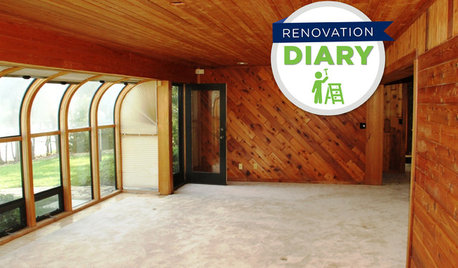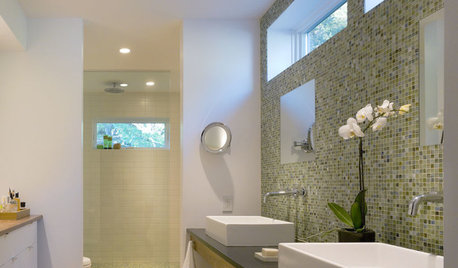New here...question about plan drawings
Lori Wagerman_Walker
11 years ago
Related Stories

MOST POPULARIs Open-Plan Living a Fad, or Here to Stay?
Architects, designers and Houzzers around the world have their say on this trend and predict how our homes might evolve
Full Story
KITCHEN CABINETSChoosing New Cabinets? Here’s What to Know Before You Shop
Get the scoop on kitchen and bathroom cabinet materials and construction methods to understand your options
Full Story
REMODELING GUIDESSurvive Your Home Remodel: 11 Must-Ask Questions
Plan ahead to keep minor hassles from turning into major headaches during an extensive renovation
Full Story
REMODELING GUIDESPlan Your Home Remodel: The Design and Drawing Phase
Renovation Diary, Part 2: A couple has found the right house, a ranch in Florida. Now it's time for the design and drawings
Full Story
REMODELING GUIDESConsidering a Fixer-Upper? 15 Questions to Ask First
Learn about the hidden costs and treasures of older homes to avoid budget surprises and accidentally tossing valuable features
Full Story
MOST POPULAR8 Questions to Ask Yourself Before Meeting With Your Designer
Thinking in advance about how you use your space will get your first design consultation off to its best start
Full Story
WORKING WITH PROS10 Questions to Ask Potential Contractors
Ensure the right fit by interviewing general contractors about topics that go beyond the basics
Full Story
REMODELING GUIDESPlanning a Kitchen Remodel? Start With These 5 Questions
Before you consider aesthetics, make sure your new kitchen will work for your cooking and entertaining style
Full Story
KITCHEN DESIGN9 Questions to Ask When Planning a Kitchen Pantry
Avoid blunders and get the storage space and layout you need by asking these questions before you begin
Full Story
REMODELING GUIDESWhat to Know About Budgeting for Your Home Remodel
Plan early and be realistic to pull off a home construction project smoothly
Full StorySponsored
Zanesville's Most Skilled & Knowledgeable Home Improvement Specialists
More Discussions








virgilcarter
mydreamhome
Related Professionals
Baltimore Architects & Building Designers · Clearfield Home Builders · Riverton Home Builders · Goodlettsville General Contractors · Alhambra General Contractors · Avon Lake General Contractors · Fremont General Contractors · Linton Hall General Contractors · Manalapan General Contractors · Port Saint Lucie General Contractors · Rancho Cordova General Contractors · Redding General Contractors · Universal City General Contractors · Wolf Trap General Contractors · Travilah General Contractorsrenovator8
virgilcarter
Lori Wagerman_WalkerOriginal Author
ILoveRed
zone4newby
virgilcarter
Lori Wagerman_WalkerOriginal Author
nicinus
virgilcarter
sanveann
Lori Wagerman_WalkerOriginal Author
mudflap
jennybc
Lori Wagerman_WalkerOriginal Author
ILoveRed
nicinus
virgilcarter